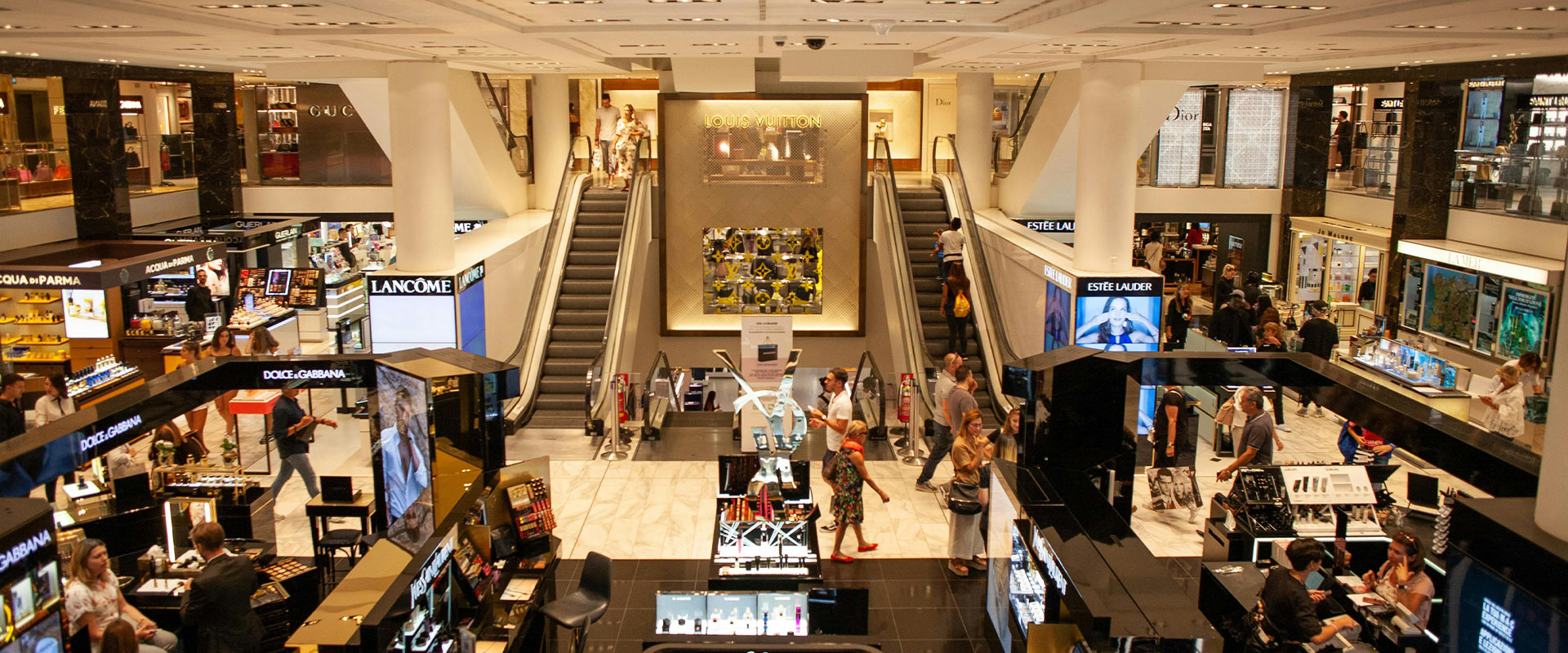One of the many benefits of the rise of digital media is the opportunity for brands to reach all their customers at once across multiple locations. Long gone are the days of only being able to reach minute rural towns via their ultra local and low reach radio station, or a weekly regional press paper that customers had to walk a mile to buy. With the growth of the internet, and in more recent years ‘traditional’ media channels now being bought digitally, brands are now able to reach all corners of the country with one hit, bringing with it multiple time and cost efficiencies.
However just because we can reach them all with the same digital strategy, it doesn’t necessarily mean we should. In my opinion, the nuances of different regionalities should never be overlooked and it is the brands that recognise this and talk to their audiences in a more personable and authentic way that are the most successful. It is evident from my experience working with national brands on a hyper local level that different towns and cities can differ wildly in their behaviour whether that be shopping habits, day to day routines or income restrictions. Therefore even if they are consuming the same media channels, how and when they are most receptive to the marketing message may be very different. Although it would make our jobs easier, if would be extremely boring if everyone behaved in the same way!
When planning a media campaign covering multiple sites and locations, I believe that understanding these nuances is what can make or break the campaign. Any good media planner will tell you the importance of understanding your target audience to help inform the right channels to use, but how many are overlaying regionality to this and adapting their plans accordingly? I would guess few and far between.
Approaching a brief through a regional lens
From my perspective the best way to approach a campaign covering multiple locations would be to always meet with the client and work closely alongside them to really get under the skin of their customers and get a thorough understanding of all of the locations that they operate. Data is king, so (if available) profiling clients first party customer data would be my first point of call to help build this understanding, for example looking at who has bought or enquired previously and how this differs by region. However in absence of this, various research products are available to help create a thorough analysis on the demographic makeup of certain locations, which can then be overlayed with TGI data to provide insights such as prevailing Mosaic groups, income, shopping behaviours, motivators and of course their media consumption.
Another important consideration is how the creative should be adapted to reflect the nuances in the audiences, for example even slight changes in language to reflect regional dialect can have a huge impact on engagement. Understanding customers motivations or barriers to purchase can also influence the messaging, for example certain regions will be more motivated by price whereas others would prioritise quality. Tailored content enhances relatability and ensures the message aligns with diverse audience perspectives.
AB copy testing once the campaign can help gain valuable insight into what messaging gets the most engagement, and can quickly be optimised mid flight to increase results. This is particularly useful tool if the client is launching in to a new location for the first time, or where audience insights are lacking.
Assigning budget across multiple location is both an art and a science but again, I believe working closely alongside the client is paramount to getting it right. Budget weighting is heavily dependent on the campaign objectives – if a particular site or location has greater growth targets for instance or if it is a newly launched site. Historic sales data can also help identify where the greatest opportunity for sales lies as well as previous campaign results which are essential to understanding what has worked and what hasn’t in the past. Interrogating and learning from past activity is one of the most essential parts of the planning cycle.
Growth marketing relies on constant learning and adapting
Saying this, don’t wait until the end of the campaign to analyse the results! Another real benefit of digital media is the ability to see results in almost real time, and to be able to flex the approach according to what is working. Looking at media performance and overlaying this (again!) with client data, you can be extremely reactive to what is working and quickly switch targeting or location tactics for maximum engagement and sales.
Analysing campaign performance and understanding customer engagement throughout the full marketing funnel, including post purchase touchpoints is key to campaign success. This is relevant for all our clients but in particular retail and ecommerce sector where we are constantly reviewing customer behaviour to predict future sales.
This is what we believe is a fundamental part of Growth marketing, ensuring we are setting clients up for success. Learnings can be used to build future campaigns and set us up in the best possible position to gain new and repeat custom, and ultimately help clients grow.






